
Vladimir Putin’s recent landslide victory in Russia’s general election reflects an ultra-high approval rate, largely attributed to Russia’s ability to withstand heavy economic sanctions.
Despite facing economic blockade, Russia has transitioned its economy from reliance on energy and raw material exports to a model driven by investment, achieving structural transformation.
The Russian-Ukraine conflict surprisingly revitalized Russia’s domestic industrial chain, leading to re-industrialization and economic autonomy. Despite tough sanctions, the Russian economy stabilized in mid-2022 and experienced significant growth in 2023, surpassing even the most optimistic forecasts.
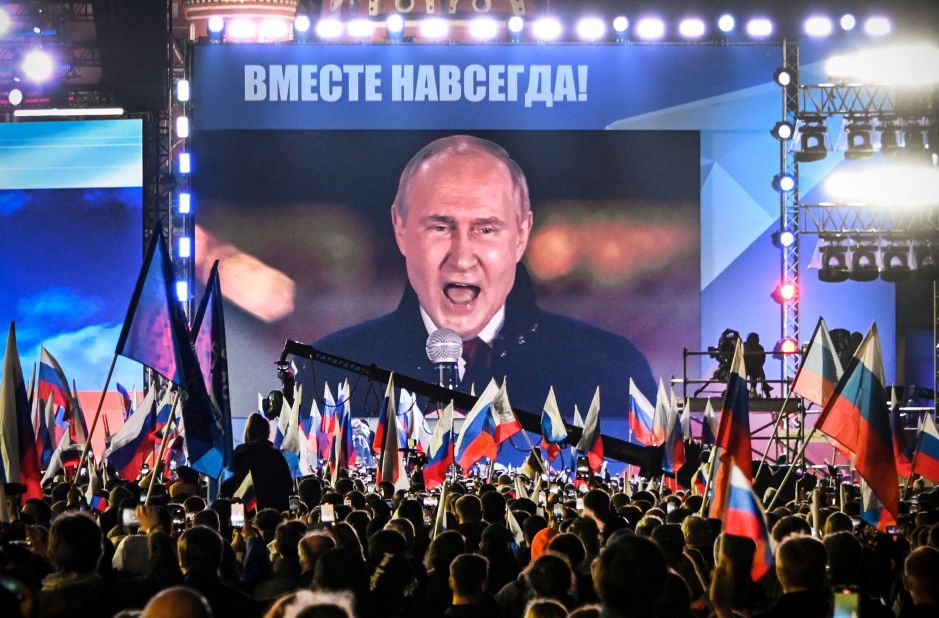
The Russian economy has shown remarkable resilience and growth despite facing heavy sanctions and geopolitical tensions. Accelerated investment by local Russian companies, particularly in fixed assets, has fueled economic expansion, leading to increased job creation and a shortage of labor.
The surge in imports of investment goods indicates robust investment demand, while rising corporate profits and reinvestment highlight growing confidence in the market. Moreover, the restructuring of revenue sources away from hydrocarbons towards non-hydrocarbon sectors has diversified Russia’s fiscal revenues and reduced dependence on oil and gas.
Understanding Russia’s economic evolution from the liberalization period of the 1990s to its current state underscores the significance of these reforms for the country’s future prosperity and stability.
The transition period in Russia from the 1990s to the early 2000s saw a tumultuous shift marked by privatization and price liberalization, which led to hyperinflation and wealth redistribution. However, these reforms also resulted in severe economic dislocation and recession, with a significant decline in industrial manufacturing.
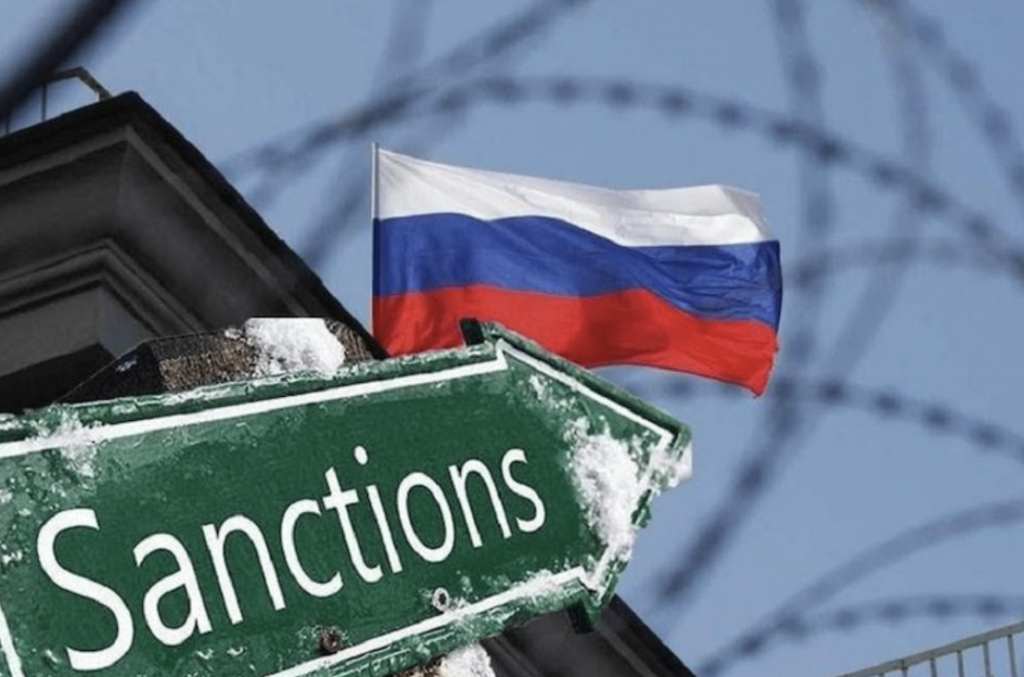
By 1996, Russia had lost almost half of its production capacity, and its GDP had plummeted. The approach, driven by radical reformers and neoliberal ideology, exacerbated the decline. Despite this, industries reliant on energy and raw materials thrived due to their competitive advantages. Ultimately, Russia integrated into the international division of labor, leveraging its natural resources for economic stability.
Between 2000 and 2014, Russia experienced a significant increase in crude oil prices, leading to a surge in oil extraction and exports. The lucrative energy sector attracted capital, causing stagnation in investment across other industries.
Monetary policy focused on stabilizing the nominal ruble exchange rate, while fiscal policy aimed to reduce indebtedness and achieve surplus finances. However, these policies led to a rise in the real effective exchange rate and decreased international competitiveness of the manufacturing sector, contributing to de-industrialization.
The laissez-faire market system fostered a cycle of energy exports and manufactured goods imports, increasing Russia’s dependence on Western products. By 2014, imports accounted for a significant portion of products sold domestically, while the share of Russian manufacturing in GDP had declined to around 13%, with core industries representing only a fraction of GDP compared to other industrialized nations like the United States and Germany.
The 2008 financial crisis profoundly impacted Russia’s economic security, prompting a reassessment of economic policies. The deterioration of Russian-Ukrainian relations heightened concerns about reliance on foreign technologies for military and aerospace industries, leading to a shift towards economic nationalism.
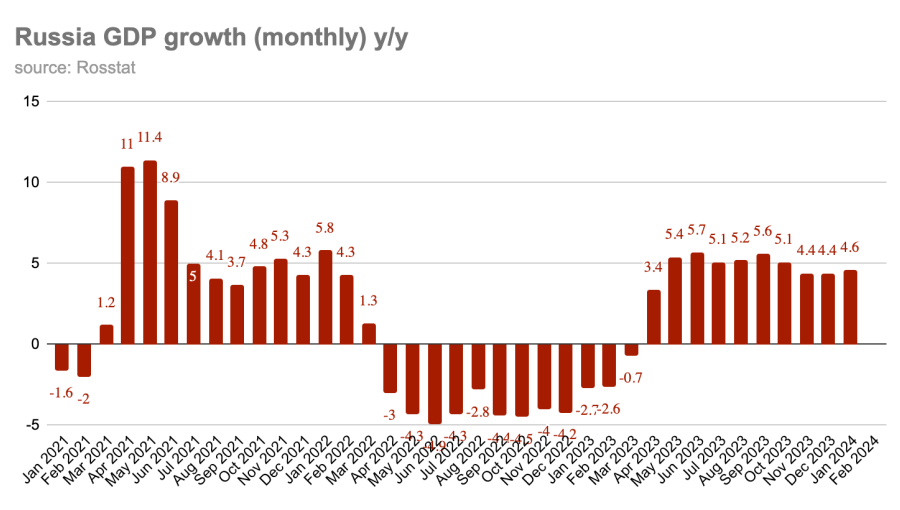
Russia began restricting foreign investment in strategic sectors and developing an import substitution strategy, particularly after the Crimean crisis in 2014. Despite President Putin’s declarations of openness to international trade, actual policy implementation leaned towards economic nationalism.
However, internally, economic sectors pursued conservative and liberal policies until around 2015-2018, heavily reliant on oil exports to maintain stability. This approach neglected industrial development, leading to de-industrialization and a focus on service sectors. Russia lacked a comprehensive industrial policy until around 2012, contributing to a structural degradation of the economy as it pursued integration into the global economic cycle, even as some economists touted the idea of a post-industrial society.
Following the Crimean crisis in 2014, Russia implemented an import substitution policy to address defense security and food safety concerns. Initially limited to the defense and food industries, support for import substitution expanded in 2018 with the introduction of mandatory procurement of domestically produced equipment. Violations of this law can now result in criminal liability for enterprise heads.
The ruble and oil crises that ensued served as a wake-up call for Russia’s economic security. Central Bank Governor Nabiullina implemented measures such as inflation targeting and exchange rate liberalization to mitigate external shocks, ultimately reducing double-digit inflation. However, macroeconomic policies still lack sophistication, relying heavily on key interest rates without targeted financial support for small and medium-sized enterprises (SMEs). The dominance of large monopolies further complicates efforts to support SMEs, with potential for monopolies to absorb profits at the expense of SMEs’ growth prospects.
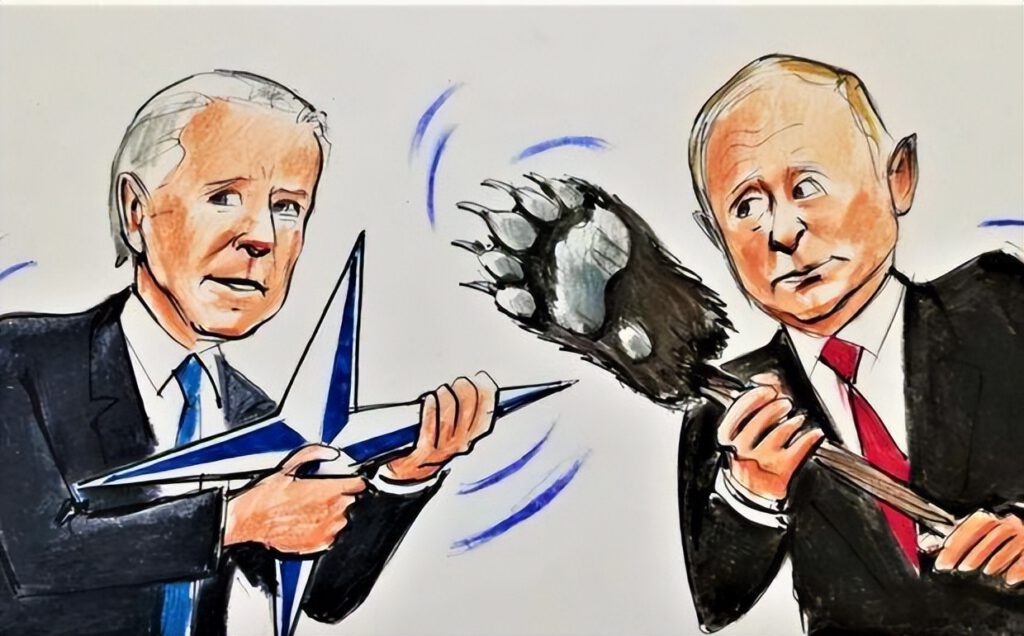
Following Vladimir Putin’s re-election in 2018, he outlined 13 national projects related to economic development. These projects were further broken down into over 290 specific initiatives, overseen by the Ministry of Economic Development. The decree led to the establishment of two key departments for implementing industrial policy.
The first is the national economic development institution, which functions as a financing platform, providing funds for projects under the national programs. The reorganization of the Stabilization Fund into a sovereign wealth fund further supports development projects, with the Central Bank offering financial assistance.
The second sector involves the reorganization of development agencies and the Ministry of Economic Development’s functions. Previously, 48 non-profit development agencies were established to support the ministry but were ineffective. Prime Minister Mishustin merged these agencies into the Russian Development Bank.
Under Prime Minister Mishustin’s leadership, Russia has embarked on significant reforms to digitize its government systems, drawing from his successful track record in tax administration. Mishustin’s expertise in systems theory and operations research has enabled the creation of an effective tax collection and digital government supervision system, which has been expanded into the broader Russian digital government platform. This platform aims to digitize various government functions, including business registrations, tax declarations, and social security operations, thereby enhancing operational efficiency across society and addressing previous inefficiencies.
These reforms align with broader shifts in Russia’s industrial policy and political landscape, which began in 2019 and accelerated during the COVID-19 pandemic in 2020. This realignment predates the Russian-Ukrainian conflict and reflects a growing skepticism towards neoliberalism, dating back to around 2009.
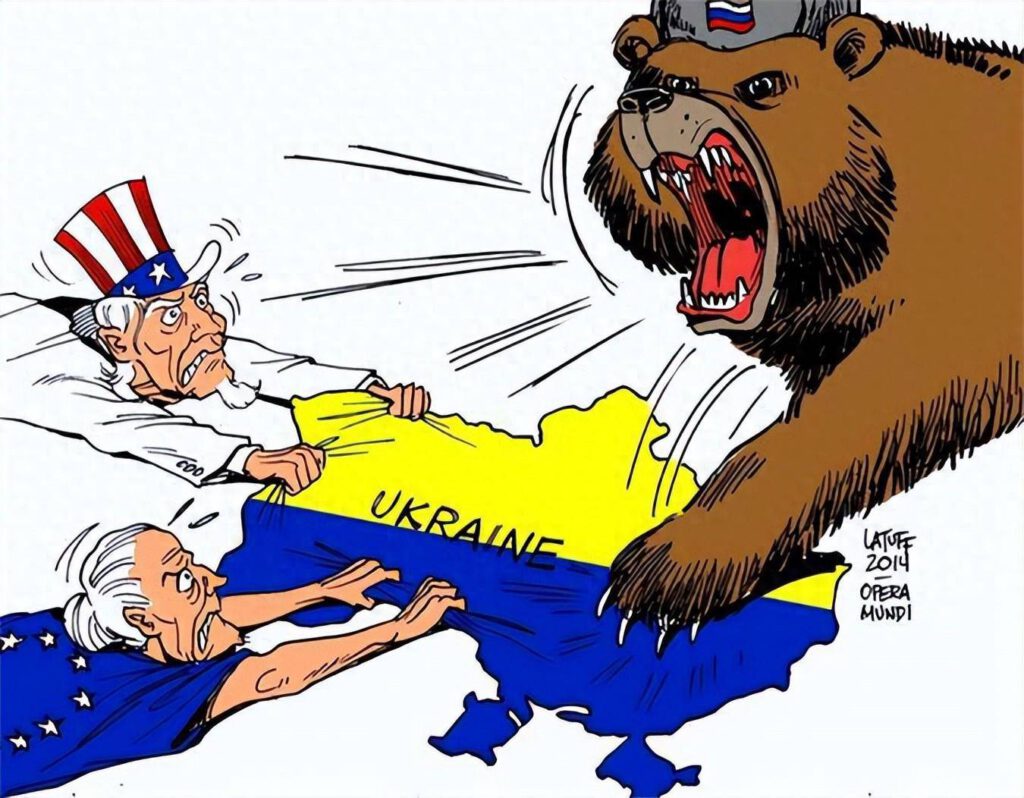
The year 2023 marked a significant turning point for Russia’s economy amidst the ongoing Russian-Ukrainian conflict and Western sanctions. Despite facing economic challenges, Russia experienced unexpected economic growth, with GDP increasing by 3.6%. This growth was driven by investment expansion and the expansion of the manufacturing sector, supported by fiscal spending and mortgage preferential loans. The expansion of military-related industries played a crucial role in stimulating investment growth, which then spread to other industrial sectors, leading to overall growth.
Russia’s economic transformation reflects a shift towards economic independence and greater participation in wealth creation. The country has moved away from its reliance on energy exports and Western markets, with a notable increase in trade with Asia, particularly China.
Import substitution policies have played a key role in reshaping the industrial chain and promoting domestic manufacturing. Despite challenges, Russia has demonstrated resilience and the ability to stabilize its economy, laying the foundation for future growth and reducing reliance on energy exports.
(Source: CNN, bne IntelliNews)



